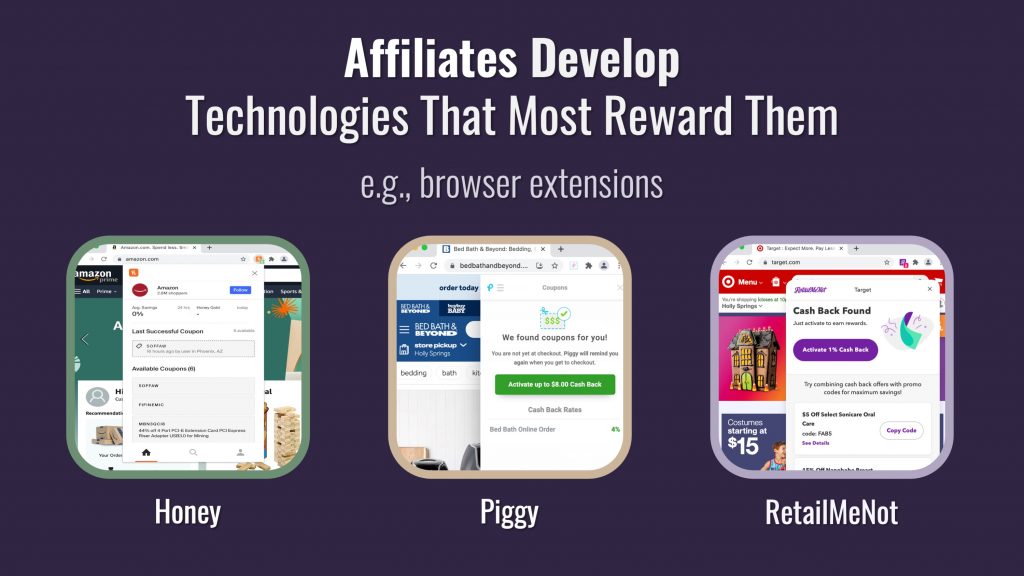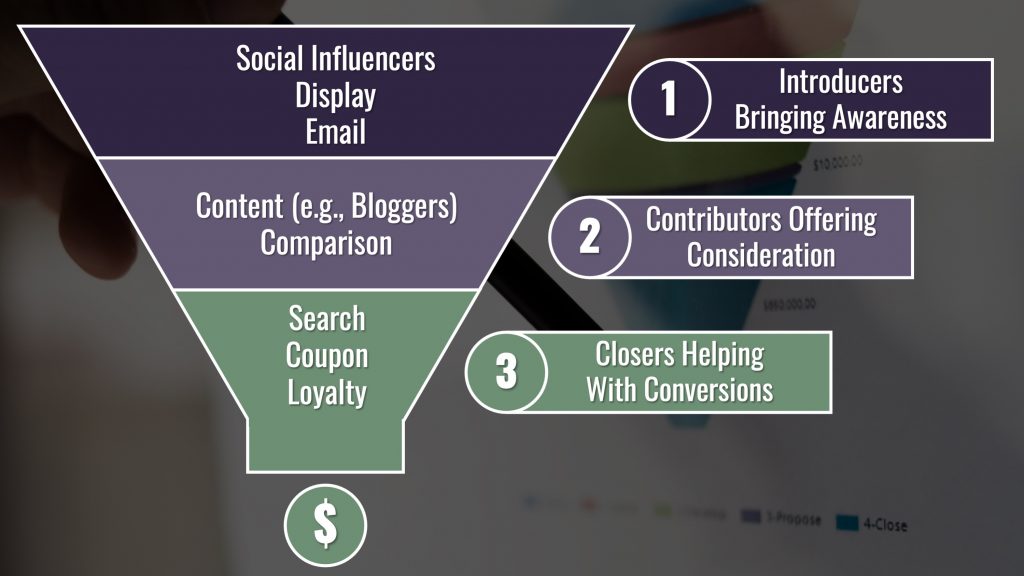Rethinking Attribution at Affiliate Summit West
The LinkConnector (LC) Team was on hand in Las Vegas last week for Affiliate Summit West (ASW) – the premier U.S. affiliate and partnership marketing event of the year. LinkConnector’s own Choots Humphries took the stage to give a presentation on one of performance marketing’s most important and timely topics: attribution.
Choots has been a trailblazer in our industry for over 2 decades, and as Co-Founder and Co-President of LinkConnector, he possesses a wealth of expertise in the areas of leadership, entrepreneurship, and technology. In his session titled Rethinking Attribution to Support and Advance Growth Goals, Choots walked attendees through the ins and outs of affiliate marketing attribution and spotlighted several points for advertisers to consider when structuring a healthy attribution model. Here are 5 key takeaways from the presentation:
- Consider the Past: When planning for future success, it’s important to look at the history of attribution to understand the pitfalls that many programs have faced, and where we are at with attribution today. In the past, the standard practice of forced last click attribution led to a dominance and the eventual devaluation of search, coupon, and loyalty affiliates, and essentially cut out the “introducers” by removing their incentive. In this last click world, affiliates naturally gravitate towards and adopt technology such as browser extensions, to score that last click credit.

- The Affiliate Marketing Funnel: While last click affiliates have historically received the lion share of the credit, an affiliate marketing generated sale is often a group effort that reaches far beyond the last click. The affiliate marketing funnel can be divided into 3 stages beginning with introducers (e.g., social, display, email affiliates) followed by contributors, (e.g., content, comparison affiliates) and finally the closers (e.g., search, coupon, and loyalty, affiliates). The critical point here is to reward not only the closers, but also the relevant contributing affiliates in the sales funnel.

- Aligning Your Attribution: In planning your attribution model it’s wise to establish and align your attribution based on your program goals, and NOT the other way around. For example, if you value social influencer affiliates, then you should be crediting them over say a search, coupon or loyalty “closer” affiliate. That said, you don’t want to throw the baby out with the bathwater! Creating a diverse program is important, and while adding diversity to your attribution model can be a complicated endeavor, you will be rewarded for your efforts. The graphic below lists several advanced attribution examples. Once your attribution model is in place, you will want to keep an eye on things to ensure that your program is producing the expected growth results.

- Challenges & Considerations: As you work to establish your ideal attribution model, there are additional factors that you will need to keep in mind. First off, you should check to see if you are required to match your attribution and setup procedures to other marketing channels within your organization. Also, if you are working with multiple networks, this could put your program in a difficult position as you may be forced to accept the lowest common denominator. Remember, affiliates will naturally gravitate towards the network that offers them the greatest incentive.

- Resources: Choots concluded his presentation by sharing excellent resrouces for advertisers to learn more about this complex and nuanced topic of attribution. Resources included: The Performance Marketing Association, All Inclusive Marketing, AM Navigator, and JEBCommerce. Additionally, our team here at LinkConnector loves talking shop and is available to walk you through the intricacies of attribution. Don’t hesitate to contact us at [email protected] to learn more.

